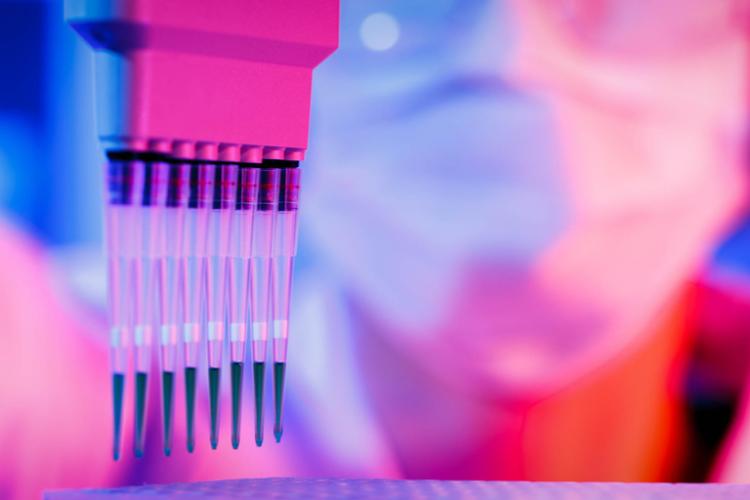The EQIPD team developed a wiki-based quality system to help increase adherence to rigorous, evidence-based practices in preclinical research. Interview with Malcolm McLeod

The EQIPD Quality System is explained in this Youtube video.
Can you give a layman’s explanation of the replicability problem this project sought to address?
Malcolm McLeod: Often, laboratories find it difficult to replicate research findings from the published literature. When studied, this is true for at least a third of research findings subjected to a replication studies, across a wide range of research fields. This might occur because the first finding was wrong, or because of (perhaps very subtle) differences in how the research was done.
The first finding might have been wrong through bad luck, or there may have been aspects of the way the experiment was designed which introduced bias. Sorting this out would greatly help the way we exploit findings from basic science to improve human health.
You created a wiki. Is that the main output of the project? How will you ensure that researchers can avail of it once the project has finished?
Malcolm McLeod: The project has several important outputs. Firstly, we have drawn together all published recommendations for the conduct of animal research, and curated learning materials so that researchers can deepen and refresh their knowledge of what is important and why. As the project draws to a close, these are being transferred to a permanent website, and their location will be disseminated through the research community.
Secondly, we have conducted experiments testing the impact of harmonising study designs across multiple sites and shown that these produce more reliable findings than single site studies or non-harmonised studies. Finally, we have defined the components of the EQIPD Quality System, allowing researchers to self-assess their research quality, and providing the opportunity for external evaluation against the EQIPD QS. We have also set up the 'Guarantors of EQIPD' to provide future stewardship of the quality system and of the training materials.
What can researchers do now that they couldn’t do before EQIPD, in the real world?
Malcolm McLeod: Previous quality systems have been somewhat burdensome, and while suitable for large pharmaceutical companies and institutes, have been less appropriate for individual academic research groups. The self-assessment tool, in particular, provides a means for such labs to identify their strengths and weaknesses; and by sharing that self-assessment with funders, to demonstrate their approach to research quality.
It seems pretty easy to understand. To what extent were plain writing style and other clear communications practices deployed?
Malcolm McLeod: I’m pleased if people find the system easy to understand – it was the result of multiple iterations and ‘word-smithing’ from a diverse range of individuals from academia and pharma, always concerned that the meaning should be simple and clear.
Can you explain why a public-private partnership would be the right vehicle for this particular kind of problem?
Malcolm McLeod: EQIPD benefited hugely from the different voices, skills and experience at our table, and in our scientific advisory board. Because research findings often transition from academia to industry (such as, for instance, a new target or compound is licensed for development), it was critically important that a quality system for academia met the requirements of industry, and the involvement of academic partners meant that this was achieved with the lowest possible burden on the academic labs.
